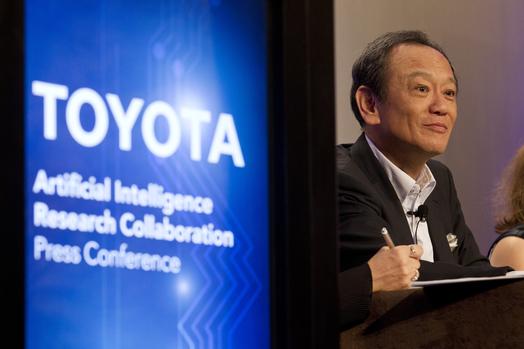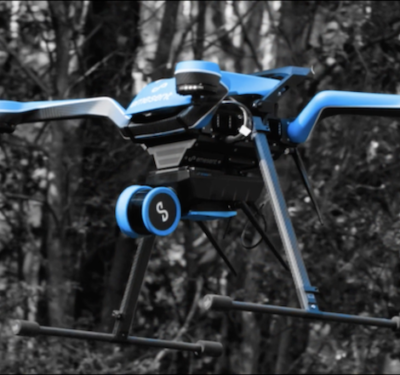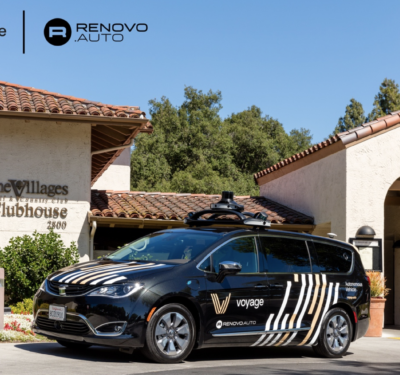
Toyota Motor Corporation Senior Managing Officer and Chief Officer of R&D Group Kiyotaka Ise speaks at a press conference announcing Toyota’s collaboration with MIT and Stanford.
Toyota Motor Corporation recently announced a collaboration with Stanford and MIT, and plans to invest $50 million in the next 5 years to establish joint research centers at each university.
The centers will focus on the research and development of intelligent vehicle and mobility technologies, according to a news release. Dr. Gill Pratt, former Program Manager at the Defense Advanced Research Projects Agency (DARPA) and leader of its Robotics Challenge, has joined Toyota to direct research activities.
Toyota announced the partnership at a press conference earlier this month.
“We will initially focus on the acceleration of intelligent vehicle technology, with the immediate goal of helping eliminate traffic casualties and the ultimate goal of helping improve quality of life through enhanced mobility and robotics,” said Kiyotaka Ise, TMC Senior Managing Officer and Chief Officer, R&D Group, according to the release. “This partnership, led by Dr. Pratt, is a great opportunity to work with two leading research teams from two top universities.”
Daniela Rus, Professor of Electrical Engineering and Computer Science and Director of the Institute’s Computer Science and Artificial Intelligence Laboratory (CSAIL), will lead research at MIT, according to the release.
Professor Fei-Fei Li, Director of the Stanford Artificial Intelligence Laboratory (SAIL), will lead the Stanford research center and will collaborate with MIT and Toyota to develop advanced intelligent systems to recognize, understand and act in complex traffic environments.
“This bold collaboration will address extremely complex mobility challenges using ground breaking artificial intelligence research,” Dr. Pratt said, according to the release. “Key program areas will be addressed by the two university campuses and Toyota, with combined research targeted at improving the ability of intelligent vehicle technologies to recognize objects around the vehicle in diverse environments, provide elevated judgment of surrounding conditions, and safely collaborate with vehicle occupants, other vehicles, and pedestrians. The joint research will also look at applications of the same technology to human-interactive robotics and information service.”






